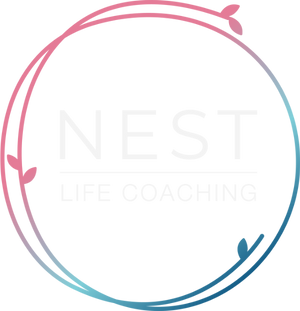Introduction
Do you want to thrive in high-pressure jobs without feeling exhausted or overwhelmed? Many professionals face tight deadlines, back-to-back meetings, and high-stakes decisions daily. Fortunately, with the right methods, you can stay energized, focused, and effective. This guide outlines practical ways to manage stress and enhance performance while protecting your well-being.
Understanding How to Thrive in High-Pressure Jobs
High-pressure roles often require quick thinking, sharp focus, and the ability to handle multiple priorities. Thriving in such roles doesn’t mean pushing past your limits—it means working smarter, using your energy wisely, and leveraging your strengths.
Here are a few signs that stress may be affecting you:
- Feeling tired even after adequate rest
- Trouble relaxing or falling asleep
- Overreacting to feedback or conflict
- Frequent headaches or muscle tension
- Reduced engagement or productivity
By recognizing these signals early, you can take proactive steps to prevent burnout before it escalates..
Energy Management Strategies to Thrive in High-Pressure Jobs
Even the most capable professionals need practical ways to stay balanced. Try incorporating these evidence-based methods:
✅ Take short breaks: Pausing every hour refreshes your mind and boosts focus (Trougakos et al., 2008).
✅ Set clear boundaries: Let colleagues know when you’re available to minimize interruptions.
✅ Prioritize important tasks: Focus on top priorities first, and delegate or delay lower-impact work.
✅ Create a calm workspace: Reduce distractions by using quiet zones or noise-canceling tools.
✅ Practice mindfulness: Just five minutes of deep breathing can lower stress (Goyal et al., 2014).
✅ Leverage your strengths: Use your best skills—such as empathy, focus, or problem-solving—without overextending yourself.
For more guidance, consult trusted resources like the American Psychological Association’s guide on workplace stress and Harvard Business Review’s insights on managing stress. Applying these strategies helps maintain energy, focus, and productivity throughout the day.
Turning High-Pressure Challenges Into Opportunities
Although pressure can feel uncomfortable, it often fuels growth. Professionals who excel under stress typically:
- Plan ahead and anticipate obstacles
- Communicate clearly and calmly
- Adapt quickly when circumstances change
- Build supportive professional relationships
When you view pressure as an opportunity instead of a threat, you remain motivated, confident, and resilient—even in demanding situations.
Work Environments That Help You Thrive in High-Pressure Jobs
Not all workplaces are equally supportive. Choosing the right environment can significantly impact your energy and well-being. Seek out teams that offer:
- Flexibility and autonomy
- Realistic goals and timelines
- Supportive leaders and peers
- Opportunities for reflection and learning
Combining a healthy culture with personal energy management allows you to stay both productive and balanced.
Self-Reflection Checklist
Take a few minutes to think about your current role. Ask yourself:
- Which tasks drain my energy the most?
- How often do I take breaks and recharge?
- Do I have clear boundaries with my colleagues or managers?
- Which aspects of my work motivate me?
- What small changes could improve my balance at work?
By answering these questions, you can find practical steps to avoid burnout and perform better in high-pressure situations.
Ready to Transform Stress Into Sustainable Performance?
If you’re in a high-pressure role and want guidance on staying energized, focused, and fulfilled, book a coaching session today. Together, we’ll create a personalized roadmap to prevent burnout, maximize your strengths, and thrive professionally without sacrificing your wellbeing.
Final Thoughts
High-pressure jobs are demanding, yet they can also be deeply rewarding. With awareness and the right tools, you can perform at your best without burning out. Managing energy, setting boundaries, and using your strengths wisely allow you to work smarter—not harder—and turn stress into sustainable growth.
References
Maslach, C., & Leiter, M. P. (2016). Burnout: The Cost of Caring. Malor Books.
Trougakos, J. P., Beal, D. J., Green, S. G., & Weiss, H. M. (2008). Making the Break Count: An Episodic Examination of Recovery Activities, Emotional Experiences, and Positive Affective Displays. Academy of Management Journal, 51(1), 131–146.
Goyal, M., Singh, S., Sibinga, E. M., et al. (2014). Meditation programs for psychological stress and well-being: A systematic review and meta-analysis. JAMA Internal Medicine, 174(3), 357–368.

